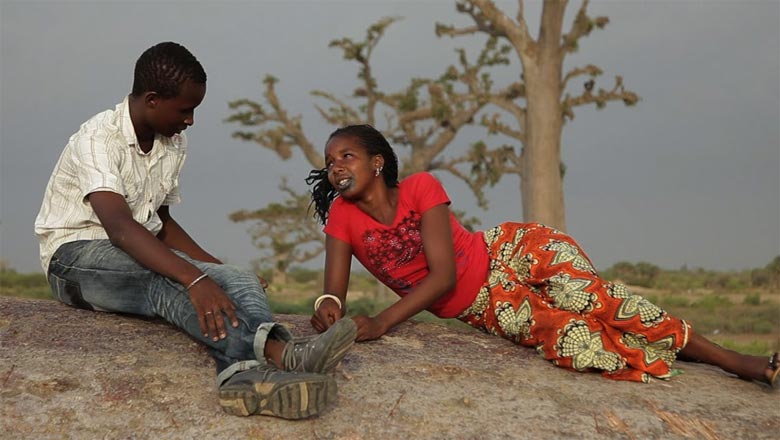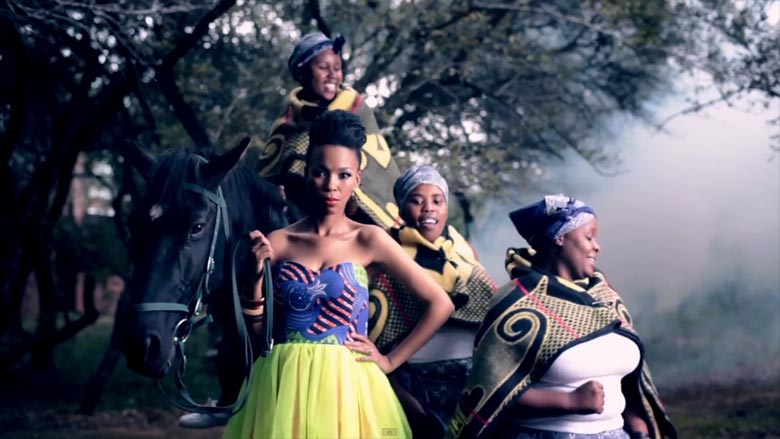music art film review - REDEFINE magazine
Portland International Festival 2013: Festival Preview & Picks
![]()
The Portland International Film Festival (PIFF) is upon us again, and we have whittled down their list of 100+ international shorts and full-length films to summarize the most interesting, socially-conscious, and boundary-pushing of the bunch.
This year’s festival runs from February 7th through the 23rd, beginning with an Opening Night celebration featuring Blancanieves, a silent Spanish reworking of Snow White. Purchase tickets and find out more.
Our festival preview begins below with this year’s top five picks, followed by the rest in alphabetical order.
Beyond The Hills
Directed by Cristian Mungiu (Romania)
Based on the novels of Tatiana Niculescu Bran, which are real-life documents of demonic possession, Beyond The Hills is a bleak and stark religious drama set an Orthodox monastery in Moldovia. Though Alina (Cirstina Flutur) heads to the monastery to convince her friend Voichita (Cosmina Stratan) to leave and return to Germany, Alina finds herself sucked more and more into the environment and its callings. Flutur and Stratan both shared the Best Actress Prize at Cannes Film Festival for these performances.
Sat, Feb 9, 2013 at 8:30 PM (Whitsell Auditorium)
Wed, Feb 13, 2013 at 7:30 PM (Regal Lloyd Center 4)
Hannah Arendt
Directed by Margarethe von Trotta (Germany)
Based on the life of German philosopher and writer Hannah Arendt, Hannah Arendt chronicles her writings for The New Yorker on the 1961 war crimes trial of Adolf Eichmann. Eichmann covered a scenario that was not black and white but veiled in greys, causing great conflict and protest amongst an American public and the publication’s editing staff. Hannah Arendt is a drama about journalism, and the social duty of reporting as one sees as truthful, rather than as it is idealized or pressured to be.
Sat, Feb 16, 2013 at 8:45 PM (Whitsell Auditorium)
Mon, Feb 18, 2013 at 5:15 PM (Regal Lloyd Center 4)
Laurence Anyways
Directed by Xavier Dolan (Canada)
Despite being happy and in love, high school teacher Laurence finally reveals to his girlfriend Fred his long-standing desire to become a woman. Fred agrees to support him on his quest, though once the transformations begin, social complications begin to pressure, ostracize, and place fear into the hearts of the couple. Through it all, Laurence Anyways is a tale of love and the ability to weather storms for it.
Sat, Feb 16, 2013 at 8 PM (Cinema 21)
Wed, Feb 20, 2013 at 7 PM (Regal Lloyd Center 10)
Leviathan
Directed by Lucien Castaing-Taylor, Véréna Paravel (United States)
Leviathan presents experimental filmmaking at its finest or its worst, depending on your opinion of macro-view, immersive documentary art. The New York Film Festival describes Leviathan as “a hallucinatory sensory experience quite unlike any other”, and the trailer is seems to assert this with views of commercial fishing, as presented with only abstract sounds and imagery.
Sat, Feb 9, 2013 at 3:15 PM (Whitsell Auditorium)
Wed, Feb 13, 2013 at 6 PM (Cinemagic)
Lore
Directed by Cate Shortland (Australia)
After World War II and the death of Adolf Hitler, five young children are left to fend for themselves when their Nazi SS parents are captured. In an attempt to reach their grandparents in Hamburg, they traverse 500 miles of changing landscapes, meeting unfortunate families along the way and finding a savior in a young Jewish man whose kindness goes against all of their programmed teachings.
Sun, Feb 10, 2013 at 7:30 PM (Whitsell Auditorium)
Mon, Feb 11, 2013 at 5:45 PM (Regal Lloyd Center 10)
After Lucia
Directed by Michel Franco (Mexico)
In this jarring Mexican drama about teenage cruelty, unfortunate circumstances become exponentially worse after bullying enters the equation. Alejandra is a young teen still dealing with the death of her mother, when she finds herself in a new town. One drunken mistake soon spins into a web of social abuse and bends stunted familial communication further beyond repair. After Lucia won the main prize in the Un Certain Regard section of Cannes Film Festival and is this year’s Mexican submission for Best Foreign Language Film Oscar.
Sun, Feb 17, 2013 at 2:15 PM (Regal Fox Tower 6)
Thu, Feb 21, 2013 at 8:45 PM (Whitsell Auditorium)
Alien Boy: The Death and Life of James Chasse
Directed by Brian Lindstrom (United States)
The ever-complex circumstances surrounding the United States’ mental health resources are examined in Alien Boy: The Death and Life of James Chasse, a documentary about a schizophrenic young man who was beaten to death by police officers in Portland, Oregon in 1996.
Fri, Feb 15, 2013 at 7 PM (Cinema 21)
American Winter
Directed by Joe Gantz, Harry Gantz (United States)
Shot over the winter months of 2011 to 2012, American Winter is an intimate portrait that follows the lives of eight Portland households that find themselves falling into poverty for the first time. A reflection on the current economic crisis, these families are just a small cross-section of the larger trend, as American Winter navigates how families deal with new financial difficulties and the use of social services.
Sun, Feb 17, 2013 at 3 PM (Whitsell Auditorium)
Mon, Feb 18, 2013 at 7:30 PM (Cinemagic)
Chinese Take-Out (Un Cuento Chino)
Directed by Sebastián Borensztein (Argentina)
South America is surprisingly prevalent with Chinese immigrants, and this multicultural comedy takes a close look at the life of Roberto, a routine-oriented owner of a hardware store in Buenos Aires, after a Chinese immigrant named Jun begins living in his home. Listed as Chinese Take-Out at PIFF, this film is more often listed as Chinese Take-Away.
Sun, Feb 10, 2013 at 2:30 PM (World Trade Center Theater)
Sat, Feb 16, 2013 at 3 PM (World Trade Center Theater)
Coming of Age (Anfang 80)
Directed by Sabine Hiebler, Gerhard Ertl (Austria)
Almost everyone fears to grow old and to die alone, or to never truly fall in love. Bruno and Rosa meet when Rosa only has six months left to live – but despite internal and external opposition, the two seniors decide to choose a life of mortality and happiness rather than its dreary opposite. The description “cute old people” seems to sum up Coming of Age fairly accurately.
Sat, Feb 9, 2013 at 3:30 PM (Regal Lloyd Center 10)
Wed, Feb 13, 2013 at 6:30 PM (Regal Lloyd Center 10)
Comrade Kim Goes Flying
Directed by Anja Daelemans, Nicholas Bonner, Kim Gwang Hun (North Korea)
There’ve been times when I have mentioned Korea’s music or art scene and been met with the question, “North or South?” To these people, I’ve often scoffed, relaying that nothing comes out of North Korea, for its dictatorship is in full reign and its free speech mostly suppressed. Yet now, with Comrade Kim Goes Flying, my less politically-savvy friends can finally rest assured that their inquiries are in part valid, for North Korea is now sending films to the global marketplace. The calisthenics-participating ways of gymnast and coal miner Kim Yong-mi may lead one to believe romance is alive and well in North Korea, in a film that is visually and musically reminiscent of grainy old-school films from mainland China. The trailer may not reveal much – and seems not to give one any sense of the “comedy” that is supposedly inherent in this “romantic comedy” — but on the basis of seeing a different side of North Korea that is not Vice Magazine’s expository fright-fest, one might take interest in Comrade Kim Goes Flying.
Sun, Feb 10, 2013 at 5:15 PM (Regal Fox Tower 6)
Fri, Feb 15, 2013 at 6:30 PM (Regal Lloyd Center 4)
The End of Time
Directed by Peter Mettler (Canada)
How, oh how, do we as mere humans, with our three-dimensional knowledge of the world, learn to wrap our heads around Father Time? Swiss-Canadian filmmaker Peter Mettler apparently wondered the same when he set out around the globe to explore the past and the present, with modern and primitive cultures, to document and research how they relate to and philosophize about time. The film seems to bring up a series of rhetorical questions set against pleasant imagery — and it seems unclear whether the film actually brings one any closer to understanding the nature of time… but it seems that Mettler is at least trying.
Sat, Feb 9, 2013 at 3:15 PM (World Trade Center Theater)
Sat, Feb 16, 2013 at 6 PM (World Trade Center Theater)
The Gatekeepers
Directed by Dror Moreh (Israel)
A film with great explosive and divisive potential, The Gatekeepers gives an inside look at the Israeli occupation of the West Bank, as pieced together via interviews from intelligence officers and former directors of the Israeli security agency Shin Bet.
Sun, Feb 17, 2013 at 5:15 PM (Cinema 21)
Thu, Feb 21, 2013 at 6 PM (Cinemagic)
Happy People: A Year In Taiga
Directed by Dmitry Vasyukov, Werner Herzog (Germany)
Werner Herzog – in collaboration with director Dmitry Vasyukov – recalls the isolation of 2010′s
Cave of Forgotten Dreams and the natural beauty surrounding 2005′s
Grizzly Man as he dives into the heart of remote Siberia, where environments seem ever expansive.
Happy People: A Year in the Taiga, captures on film the village of Bakhtia, where self-sufficient communities live off the land in environments more frigid than one can imagine, free of government, taxes, and rules.
Sat, Feb 16, 2013 at 5:30 PM (Cinema 21)
Tue, Feb 19, 2013 at 8:45 PM (Whitsell Auditorium)
Here and There (Aquí y Allá)
Directed by Antonio Méndez Esparza (Mexico)
The life of a migrant worker is documented in
Here and There, a film about a Mexican laborer who returns to the mountain village of Guerrerro after years of working in the United States. It is a slow tale of one’s integration back into a world one once knew, and the possibilities which both open and close with the introduction of money and new experiences. Winner of the Grand Prize at the Critics’ Week of Cannes Film Festival and a New York Film Festival selection.
Sat, Feb 16, 2013 at 3 PM (Cinemagic)
Mon, Feb 18, 2013 at 5 PM (Cinemagic)
Tue, Feb 19, 2013 at 6 PM (Cinemagic)
A Hijacking (Kapringen)
Directed by Tobias Lindholm (Denmark)
Possibilities are bound and sea-stranded in this tense drama about a cargo ship that is hijacked by Somali pirates, who take all of the crew members hostage. Ransom and negotiations are far from smooth as the company’s alpha male president decides to take matters into his own hands, at the risk of sacrificing the life of his workers.
Wed, Feb 20, 2013 at 8:45 PM (Whitsell Auditorium)
Thu, Feb 21, 2013 at 6 PM (Regal Fox Tower 6)
The Hunt (Jagten)
Directed by Thomas Vinterberg (Denmark)
A small community becomes a dangerous breeding ground of misunderstanding and suspicion as Lucas (Mads Mikkelsen) is charged with child molestation. Though the charge is overturned, the outcome remains unchanged in the eyes of the community, as Lucas feels first-hand the cruelty of former friends and neighbors who wish to exact vengeance.
Mon, Feb 18, 2013 at 7:30 PM (Whitsell Auditorium)
Thu, Feb 21, 2013 at 8:30 PM (Regal Lloyd Center 10
Just The Wind (Csak a Szél)
Directed by Benedek Fliegauf (Hungary)
Simply watching the trailer for Just The Wind will give one a sense of the film’s near-documentary style of capturing mundane oddities in backwoods Hungary. All things said, the destination seems almost as important as the filmmaking vehicle. This year’s Hungarian submission for the Best Foreign Language Film Oscar.
Sat, Feb 16, 2013 at 6:15 PM (Regal Lloyd Center 4)
Wed, Feb 20, 2013 at 6 PM (Regal Lloyd Center 4)
Keep Smiling (Gaigimet)
Directed by Rusudan Chkonia (Georgia)
A roving eye captures the drama between ten housewives shallowly hoping to win a beauty competition open only to mothers with three or more children. Soon it becomes apparent that the competition is all a fraud, and things begin to fall apart even further, unraveling in true tragicomic fashion.
Mon, Feb 18, 2013 at 7:45 PM (Regal Lloyd Center 4)
Tue, Feb 19, 2013 at 8:45 PM (Regal Lloyd Center 4)
La Camioneta: The Journey of One American School Bus
Directed by Mark Kendall (United States)
Decommissioned school busses leave the United States daily to become transformed into community vehicles for Guatemalans. La Camioneta: The Journey of the American School Bus, follows one repurposed vehicle on its pilgrimage towards a more useful and colorful life, wherein five Guatemalans impacted by the bus reveal their stories.
Sat, Feb 9, 2013 at 6 PM (World Trade Center Theater)
Sun, Feb 17, 2013 at 7:30 PM (World Trade Center Theater)
Reality
Directed by Matteo Garrone (Italy)
Reality is a color explosion that pokes fun at Italian high society and its population’s shallow desires for fame! Part fantastical and part realistic, this film light-heartedly portrays reality as it sometimes really exists – in ways stranger and more whimsical than fiction.
Sun, Feb 10, 2013 at 7:30 PM (Regal Fox Tower 6)
Thu, Feb 14, 2013 at 5:45 PM (Regal Lloyd Center 4)
Nairobi Half Life
Directed by David Tosh Gitonga (Kenya)
19-year-old Mwas leaves his village life to pursue his dreams in the Kenyan capital of Nairobi — but his starry-eyed view of the world is soon shattered. As he falls into a life of crime and violence, Mwas struggles with holding onto glimpses of his former dreams. This is Kenya’s second film ever to be nominated for Best Foreign Language Film Oscar.
Mon, Feb 11, 2013 at 6 PM (Regal Fox Tower 6)
Sun, Feb 17, 2013 at 7:30 PM (Regal Lloyd Center 10)
Our Children (À Perdre La Raison)
Directed by Joachim Lafosse (Belgium)
Based on the story of Genevieve Lhermitte, Our Children tells of Murielle (Émilie Dequenne), who can’t seem to escape a nightmarish marriage full of financial struggle and suffocating interpersonal relationships, as she is surrounded by a demanding husband and a domineering father-in-law.
Fri, Feb 15, 2013 at 8:45 PM (Regal Lloyd Center 4)
Sun, Feb 17, 2013 at 7:30 PM (Regal Fox Tower 6)
Paradise: Love (Paradies: Liebe)
Directed by Ulrich Seidl (Austria)
The first in director Ulrich Seidl’s Paradise trilogy, Paradise: Love is about the collision of Christian virtues with secular life. Middle-aged Teresa visits a sex tourism destination in Kenya, where what she wants and the rigid rules she believes in become ever more obscured and foreign.
Fri, Feb 8, 2013 at 6 PM (Cinemagic)
Fri, Feb 15, 2013 at 8:45 PM (Cinemagic)
The Pervert’s Guide to Ideology
Directed by Sophie Fiennes (Great Britain)
2006′s The Pervert’s Guide to Cinema (see our review HERE) gets a follow-up, as Slovenian philosopher and film theoretician Slavoj Žižek once again waxes poetic — this time, on how films are representations of collective fantasies. A hodge-podge of films are included in The Pervert’s Guide to Ideology, including Robert Wise’s The Sound of Music, John Carpenter’s They Live, Stanley Kubrick’s Full Metal Jacket, and Martin Scorsese’s Taxi Driver.
Sun, Feb 17, 2013 at 12 PM (Cinema 21)
Thu, Feb 21, 2013 at 8:30 PM (Cinema 21)
Polluting Paradise (Der Müll im Garten Eden)
Directed by Fatih Akin (Germany)
In the 2000s, the Turkish village of Çamburnu was accidentally turned into a garbage landfill when a nearby site began to pollute the village’s air and groundwater. From 2006 to 2011, director Fatih Akin returned to Turkey numerous times to chronicle the ever-growing problem and government neglect of Çamburnu’s environmental woes.
Sun, Feb 17, 2013 at 3 PM (World Trade Center Theater)
Sat, Feb 23, 2013 at 12:45 PM (World Trade Center Theater)
Post Tenebras Lux
Directed by Carlos Reygadas (Mexico)
Post Tenebras Lux is a film that could most certainly fall flat on its face or be a work of genius, but the words of the Stockholm Film Festival make it sound eerily enticing: “In this expressionistic Mexican film, magnificent dreamlike exteriors together with memories and dream sequences tell the story of one man’s ability to resist temptation and stop himself from sinning. The story is at times told from the perspective of Satan, showing us the world through the Devil’s ambivalent eyes. The use of a nonlinear storyline gives way for emotions, hopes, and dreams of a family looking for redemption and the meaning of life.”
Wed, Feb 20, 2013 at 6 PM (Cinema 21)
Fri, Feb 22, 2013 at 6 PM (Cinema 21)
Sleep Tight (Mientras Duermes)
Directed by Jaume Balagueró (Spain)
A film that grows ever more sinister as it develops, Sleep Tight follows César, the doorman of a Barcelona apartment building, and his ever-growing distaste for one of the building’s residents, Clara. In unpredictable fashion, César becomes increasingly obsessed with the woman – not as a person in love, but as one who aims to ruin her life as completely as possible.
Fri, Feb 15, 2013 at 8:45 PM (World Trade Center Theater)
Sun, Feb 17, 2013 at 7:30 PM (Cinema 21)
Sat, Feb 23, 2013 at 6 PM (World Trade Center Theater)
Film times and schedules are subject to change.
Please consult the PIFF website for up-to-date details.
Related posts:
- Portland International Film Festival 2012: Documentary Film Preview Guide
- Portland International Film Festival 2012: Festival Preview Guide, Part Two
- Portland International Film Festival 2012: Festival Preview Guide, Part One
music art film review - REDEFINE magazine
Portland International Festival 2013: Festival Preview & Picks



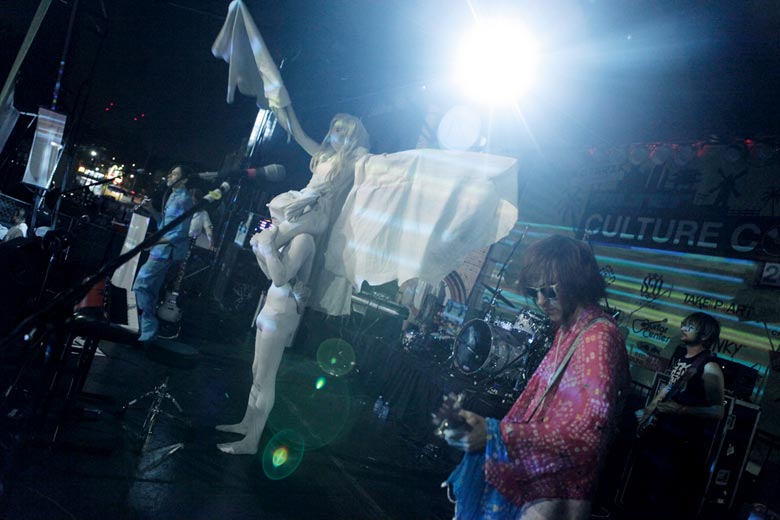

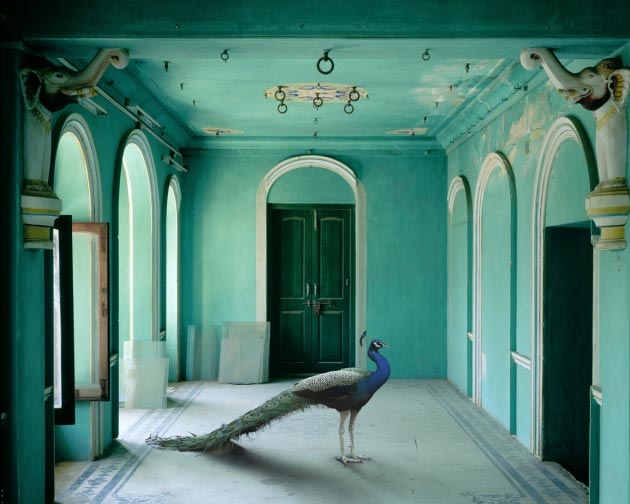



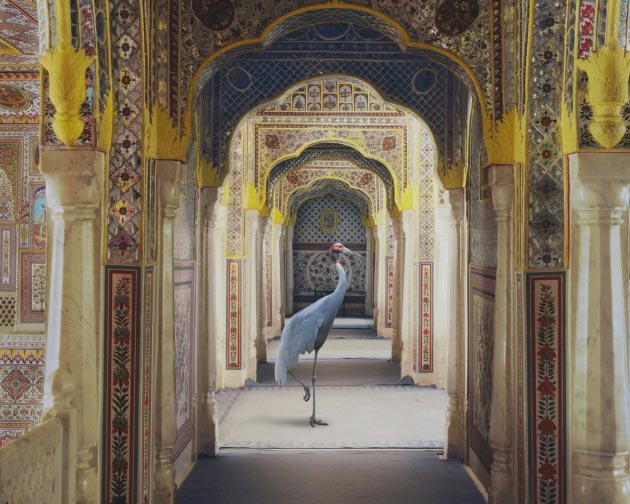







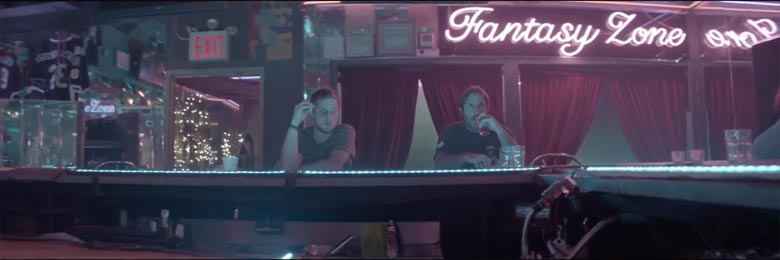
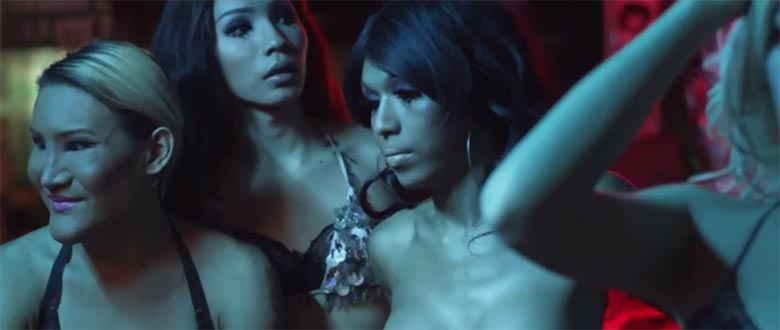
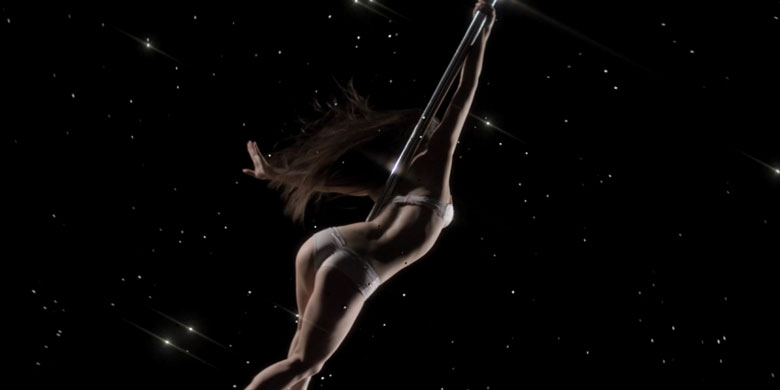

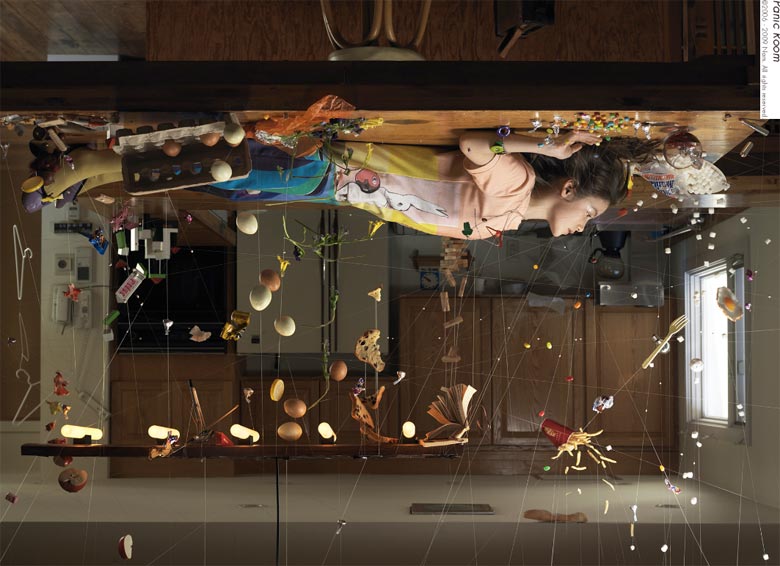






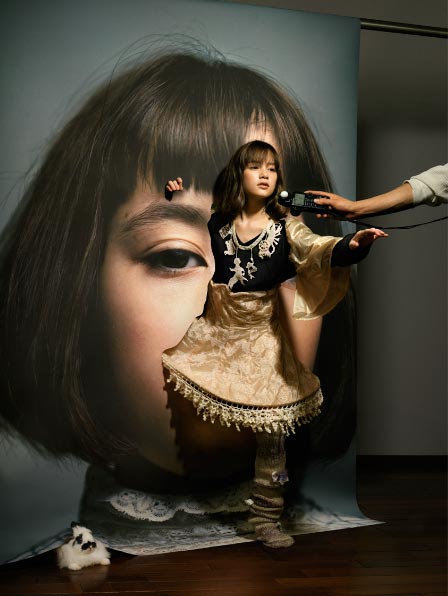





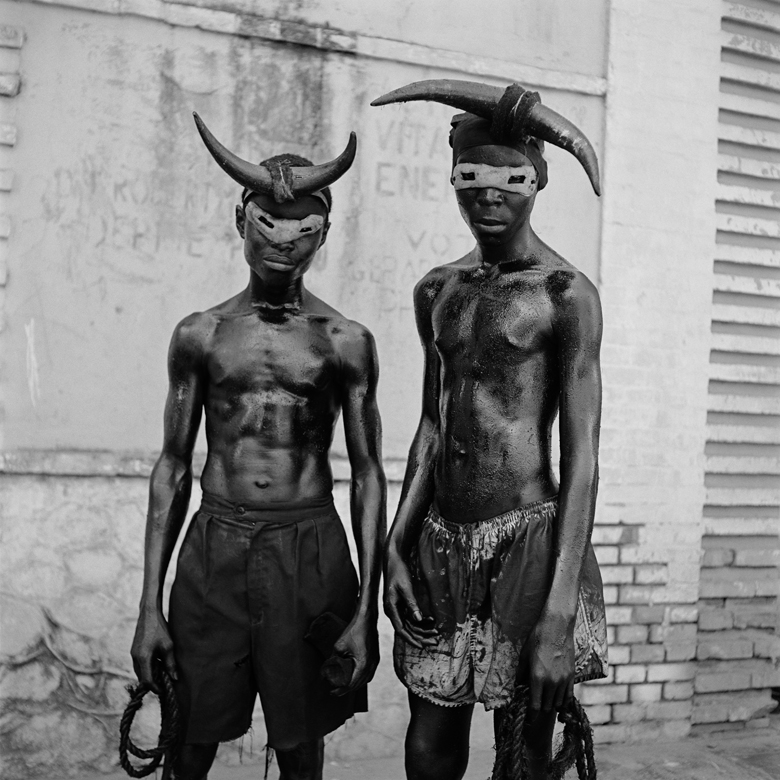
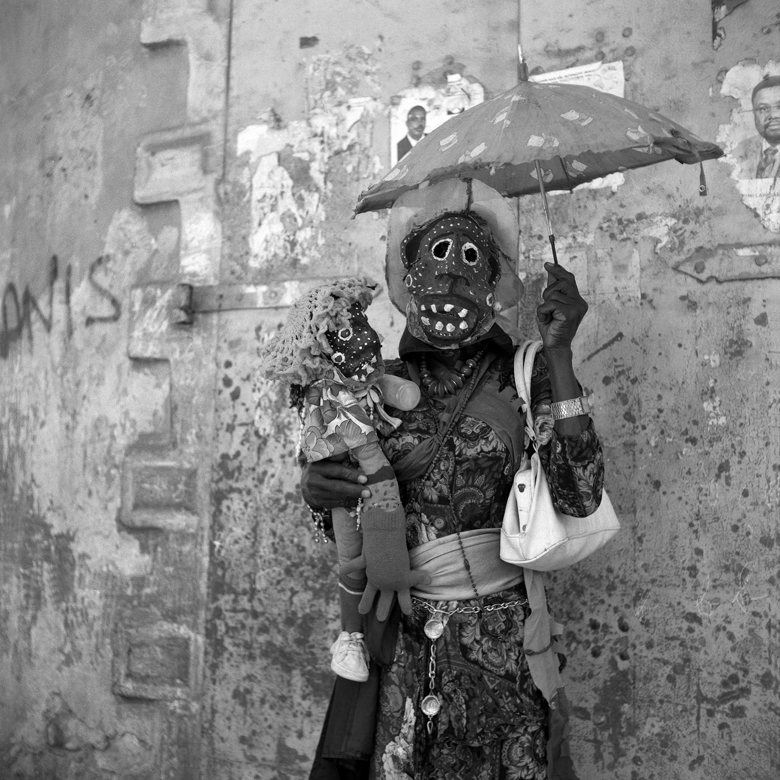
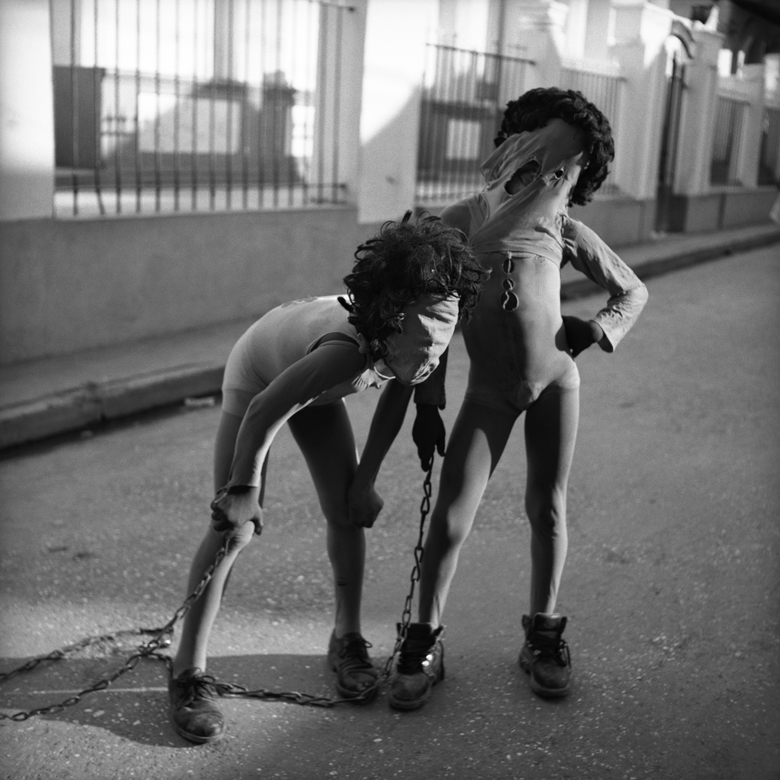
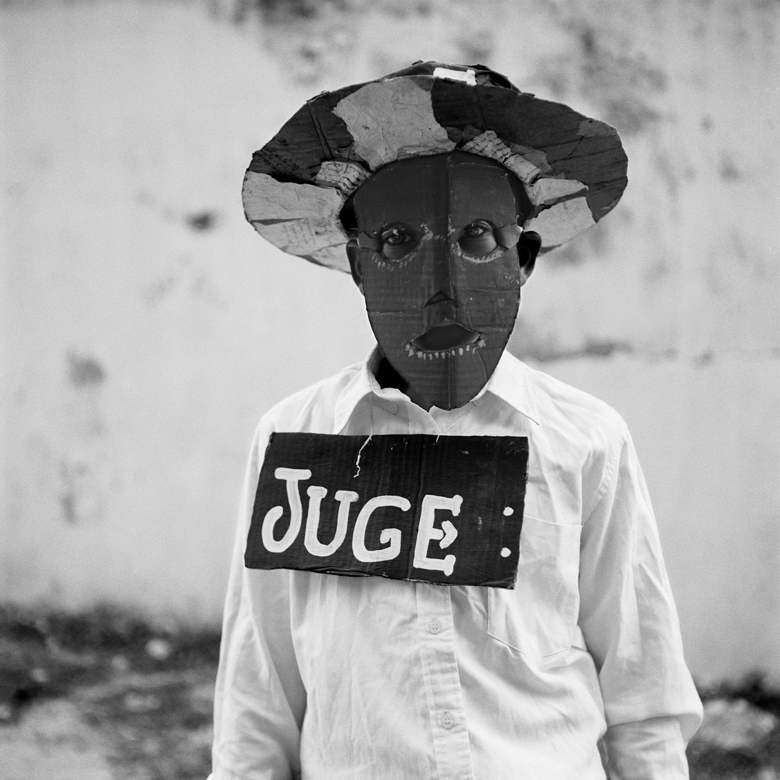
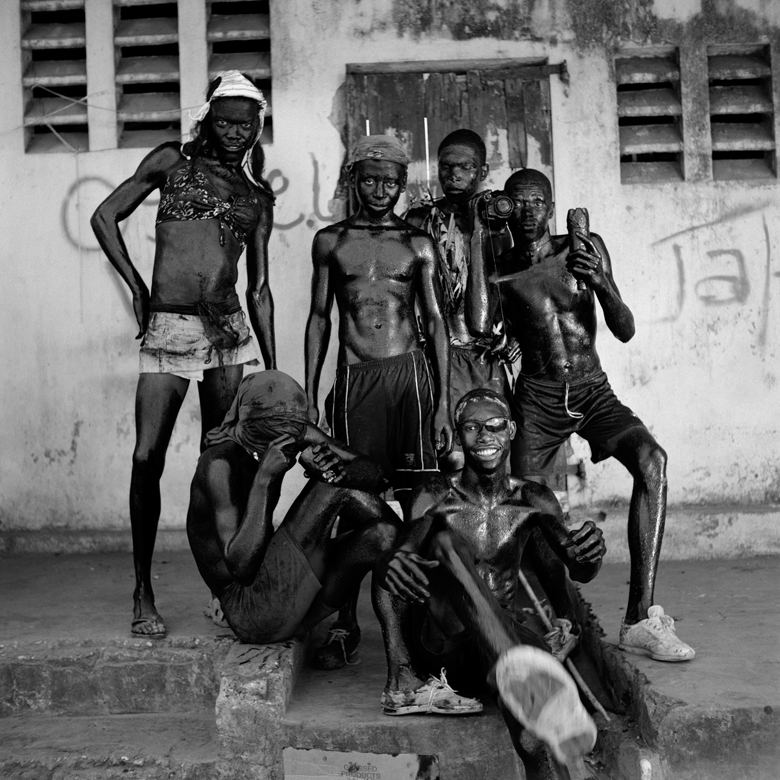
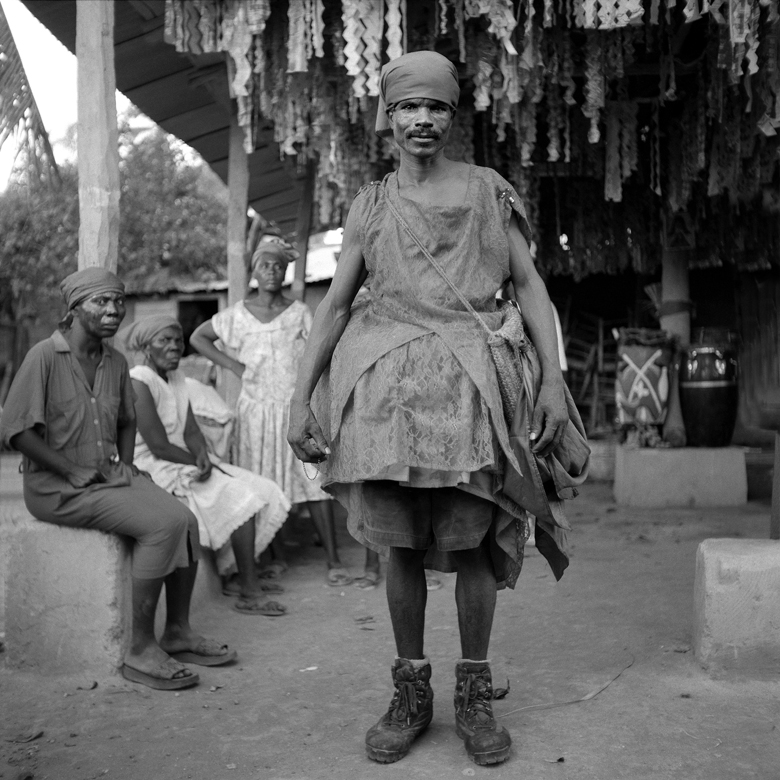
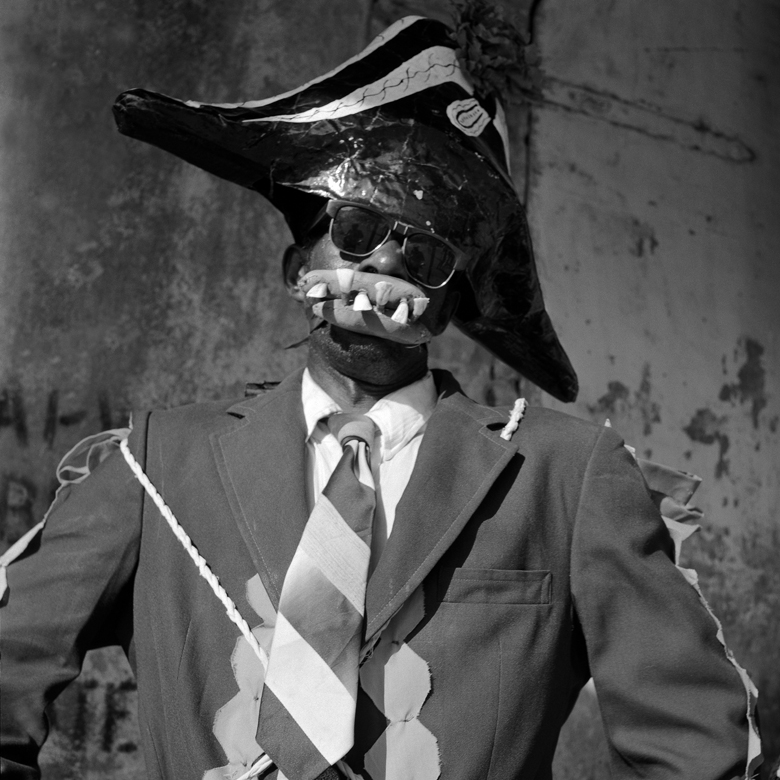
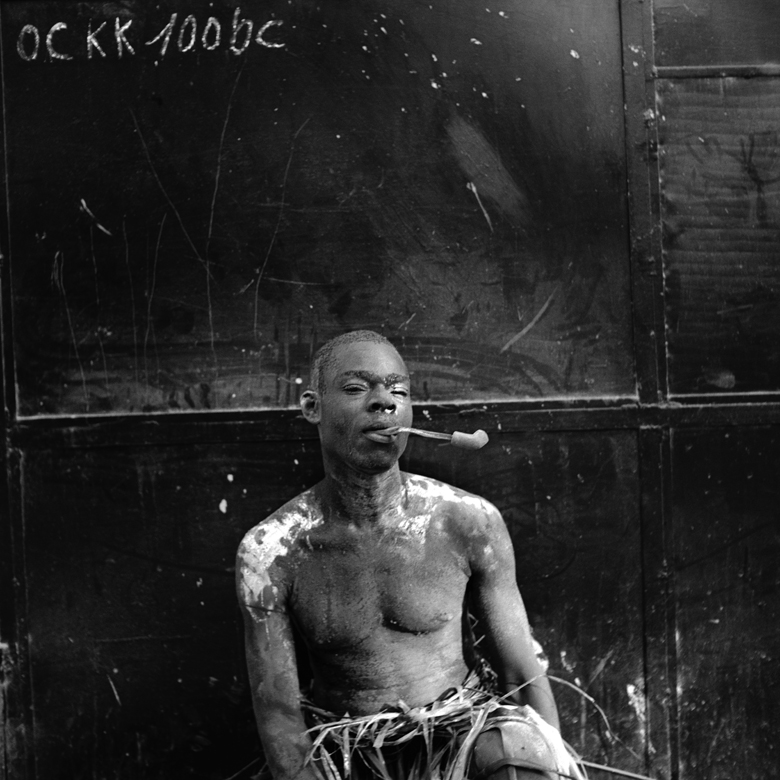
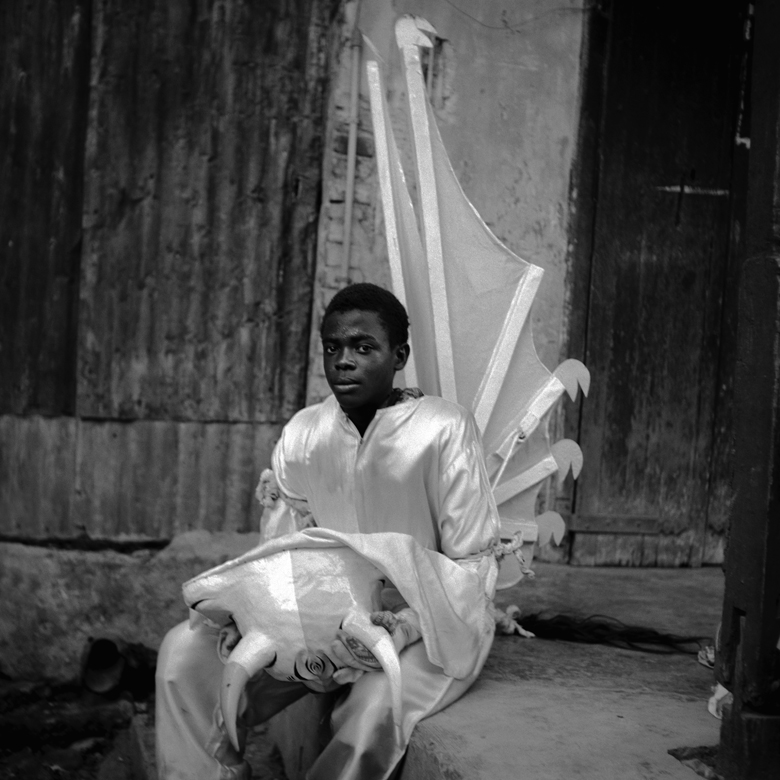
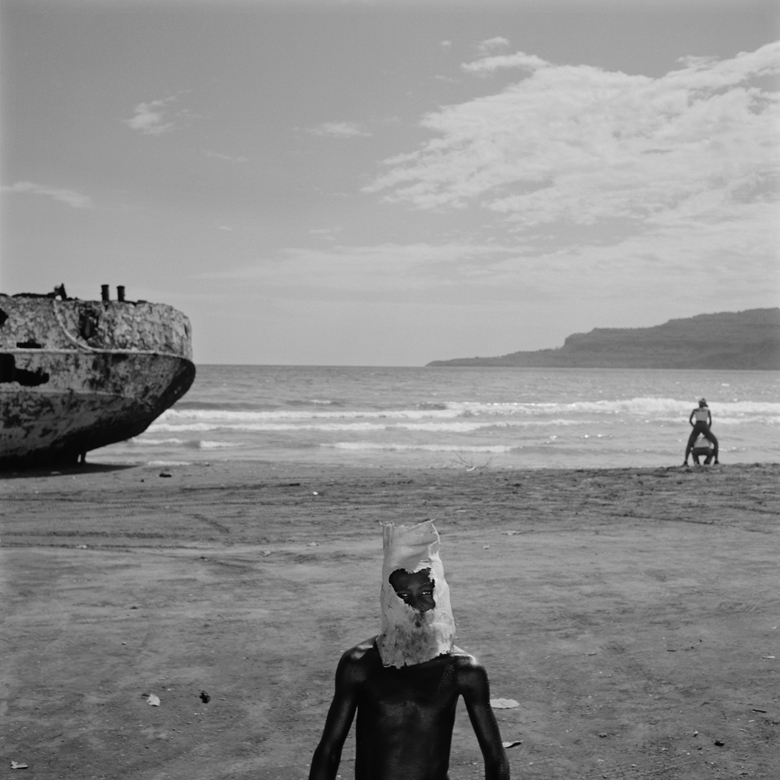
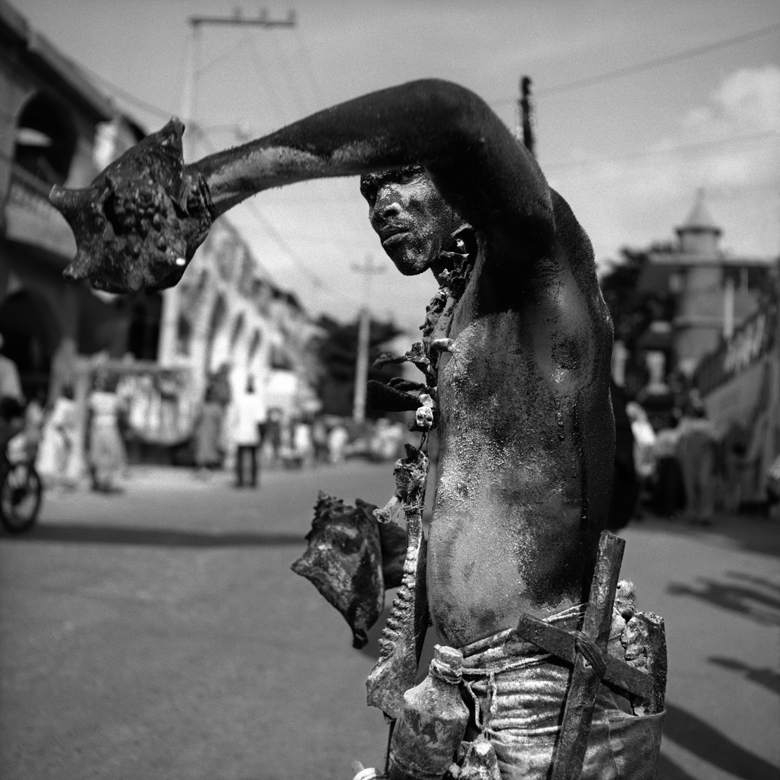
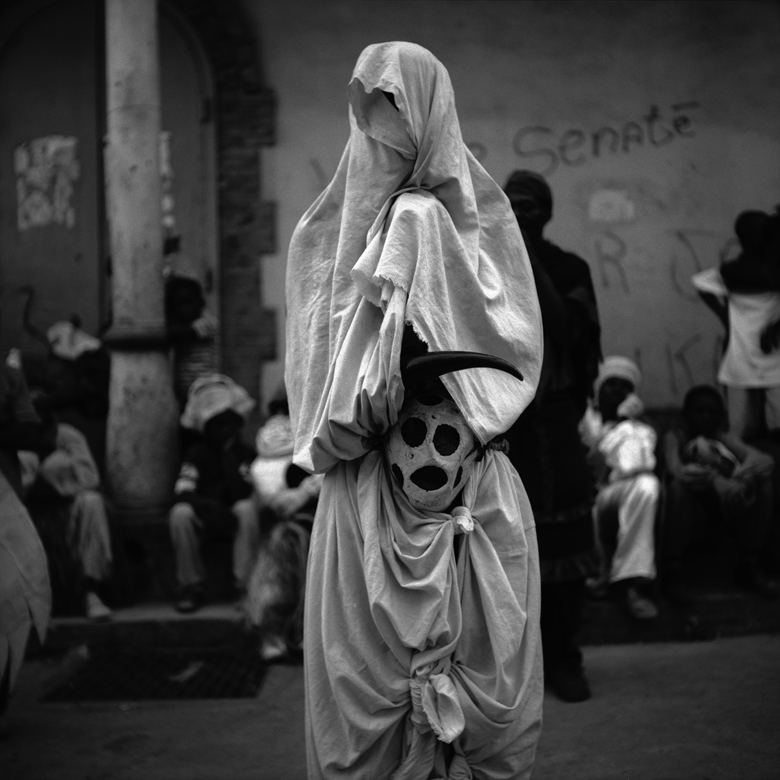
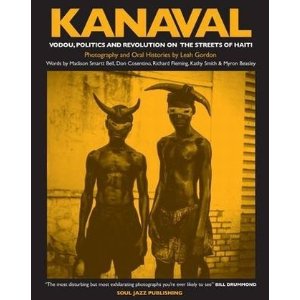








 An abysmal effort in attempting to bring meaning to style, Computer Chess goes no further than a tedious exercise in stretching (bad) ideas until they tear. The film’s major selling point is that it was filmed using ancient video cameras, documentary style, in order to capture the spirit of the wild frontier of technology in the late seventies. But spirit seems to be the farthest thing from the filmmakers’ minds in this case; instead, C-grade characters with B-grade potential are burdened with a D-minus concept. And we’re given the raw result.
An abysmal effort in attempting to bring meaning to style, Computer Chess goes no further than a tedious exercise in stretching (bad) ideas until they tear. The film’s major selling point is that it was filmed using ancient video cameras, documentary style, in order to capture the spirit of the wild frontier of technology in the late seventies. But spirit seems to be the farthest thing from the filmmakers’ minds in this case; instead, C-grade characters with B-grade potential are burdened with a D-minus concept. And we’re given the raw result. Split equally between Johannesburg, South Africa, and Lesotho, a mountainous region land-locked on all sides by South Africa — The Forgotten Kingdom is a journey film about Atang, a young man who surprisingly discovers himself after the sudden death of his estranged father. And it soon becomes a tale of love, as he travels over wide expanses to seek out his childhood friend Dineo, after running away from her father’s request that he take her as a bride. Visually, The Forgotten Kingdom is impeccable, each shot an unfolding natural dream that makes one want to travel to Lesotho to see its beauty in person. The narrative, however, though enchanting when it becomes whimsical and dream-like, often also feels unbearably sentimental and cheesy, even complete with bad music. Characters and situations pop up along Atang’s journey that help him, often passively, come more fully into realizing himself through reminding him that he is the man he is because of his father. Many of the film’s ideas are fantastic at a macro level and on paper, but when executed, often come on too hastily, making the entire film seem rather fragmented as it transitions in and out of scenes seemingly with little rhyme or reason. In the end, the journey itself only feels important because of its end goal and result — hardly because of the journey itself. -
Split equally between Johannesburg, South Africa, and Lesotho, a mountainous region land-locked on all sides by South Africa — The Forgotten Kingdom is a journey film about Atang, a young man who surprisingly discovers himself after the sudden death of his estranged father. And it soon becomes a tale of love, as he travels over wide expanses to seek out his childhood friend Dineo, after running away from her father’s request that he take her as a bride. Visually, The Forgotten Kingdom is impeccable, each shot an unfolding natural dream that makes one want to travel to Lesotho to see its beauty in person. The narrative, however, though enchanting when it becomes whimsical and dream-like, often also feels unbearably sentimental and cheesy, even complete with bad music. Characters and situations pop up along Atang’s journey that help him, often passively, come more fully into realizing himself through reminding him that he is the man he is because of his father. Many of the film’s ideas are fantastic at a macro level and on paper, but when executed, often come on too hastily, making the entire film seem rather fragmented as it transitions in and out of scenes seemingly with little rhyme or reason. In the end, the journey itself only feels important because of its end goal and result — hardly because of the journey itself. -  Directed by Yung Chang
Directed by Yung Chang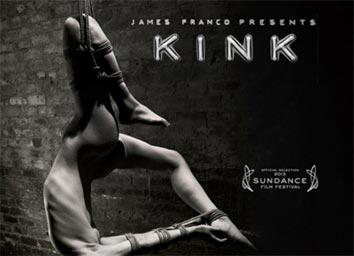

 Directed by Stephan Schesch
Directed by Stephan Schesch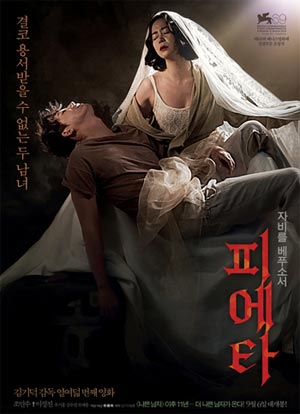
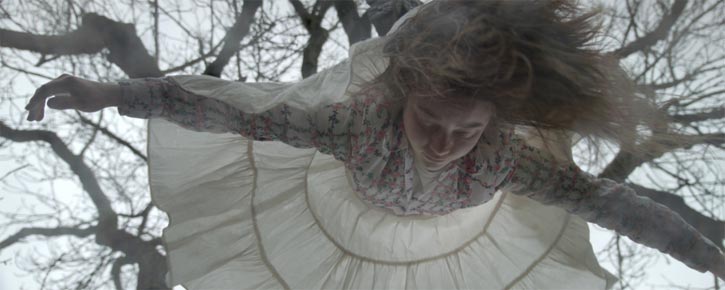
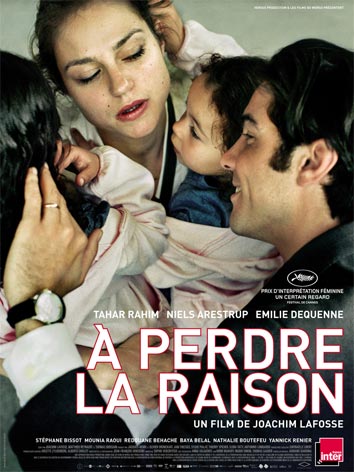 At the start of Our Children, a young couple frolicks about, madly in love, over-the-top saccharine, full of wordless smiles and child-like naivete. Soon, an elderly doctor, clearly a father-figure in the young man’s life, appears. He warns the young man against a serious relationship with the young woman, citing the cultural difference of her being Belgian and him being a Moroccan immigrant as a prime reason. This disapproval offers the first signs of strain, hinting that the young man is somehow indebted to the older man, though the reasons are unclear.
At the start of Our Children, a young couple frolicks about, madly in love, over-the-top saccharine, full of wordless smiles and child-like naivete. Soon, an elderly doctor, clearly a father-figure in the young man’s life, appears. He warns the young man against a serious relationship with the young woman, citing the cultural difference of her being Belgian and him being a Moroccan immigrant as a prime reason. This disapproval offers the first signs of strain, hinting that the young man is somehow indebted to the older man, though the reasons are unclear. Directed by Josh Boone
Directed by Josh Boone Directed by Kim Jo Kwang-Soo
Directed by Kim Jo Kwang-Soo The Wall centers primarily around one main character, a woman who wakes up one day to find that she cannot move beyond an invisible perimeter that extends outwards from her home. While there is the occasional fascinating detail — she can see a couple beyond the wall but can’t touch them and presumes them dead; she tracks how far she can travel from her home before nightfall — these rare moments are bogged down by far too much horrible amateur narration and kindergarten poetry, and the film’s use of a dynamic range of emotion is practically non-existent. Not at all recommended, unless you want something to complain about, for this is one of the worst films I have seen in a long time. It’s based on the novel by Marlen Haushofer, which I can only hope is far superior to this; but if in fact the words were taken verbatim from the novel, director Julian Roman Pölsler should definitely have chosen better source material. -
The Wall centers primarily around one main character, a woman who wakes up one day to find that she cannot move beyond an invisible perimeter that extends outwards from her home. While there is the occasional fascinating detail — she can see a couple beyond the wall but can’t touch them and presumes them dead; she tracks how far she can travel from her home before nightfall — these rare moments are bogged down by far too much horrible amateur narration and kindergarten poetry, and the film’s use of a dynamic range of emotion is practically non-existent. Not at all recommended, unless you want something to complain about, for this is one of the worst films I have seen in a long time. It’s based on the novel by Marlen Haushofer, which I can only hope is far superior to this; but if in fact the words were taken verbatim from the novel, director Julian Roman Pölsler should definitely have chosen better source material. -  Mamoru Hosoda’s quietest film is a tribute to strong mothers everywhere. Wolf Children is less about the fantasy of being a Halfling as much as it is the struggle of raising children through their awkward adolescences. Hana is the anchor of the film, the emotional focus and the sole multi-faceted character. Given the film’s pinpoint focus, the scope seems much smaller than that of Hosoda’s Summer Wars or The Girl Who Leapt Through Time, giving the impression that this is the least accomplished. But with all the off-beat comedic notes and the periods of ambient meditation that are Hosoda’s hallmarks, Wolf Children holds up to his other works. -
Mamoru Hosoda’s quietest film is a tribute to strong mothers everywhere. Wolf Children is less about the fantasy of being a Halfling as much as it is the struggle of raising children through their awkward adolescences. Hana is the anchor of the film, the emotional focus and the sole multi-faceted character. Given the film’s pinpoint focus, the scope seems much smaller than that of Hosoda’s Summer Wars or The Girl Who Leapt Through Time, giving the impression that this is the least accomplished. But with all the off-beat comedic notes and the periods of ambient meditation that are Hosoda’s hallmarks, Wolf Children holds up to his other works. - 







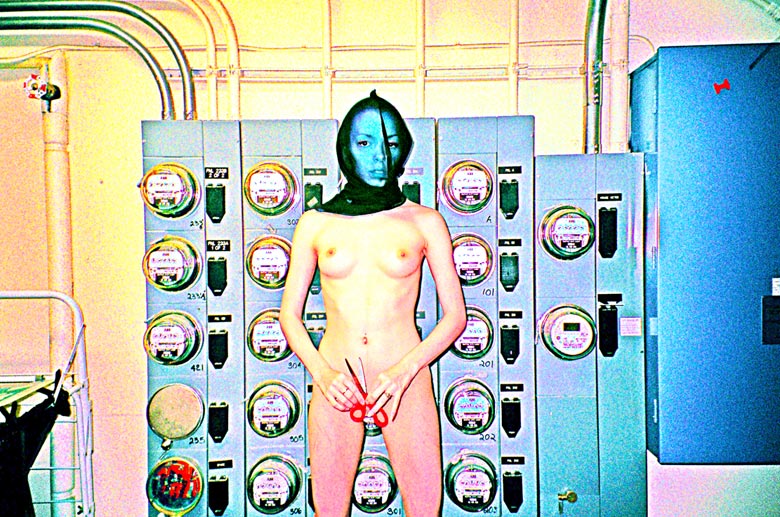
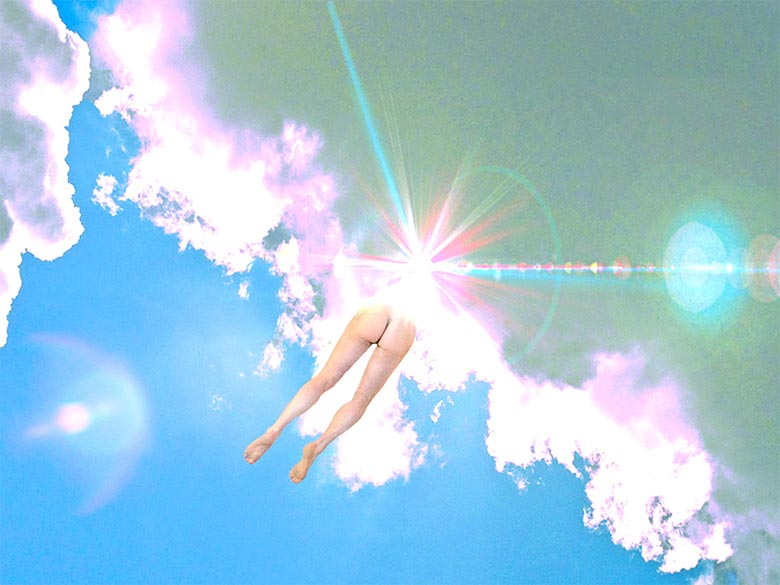


 Ω
Ω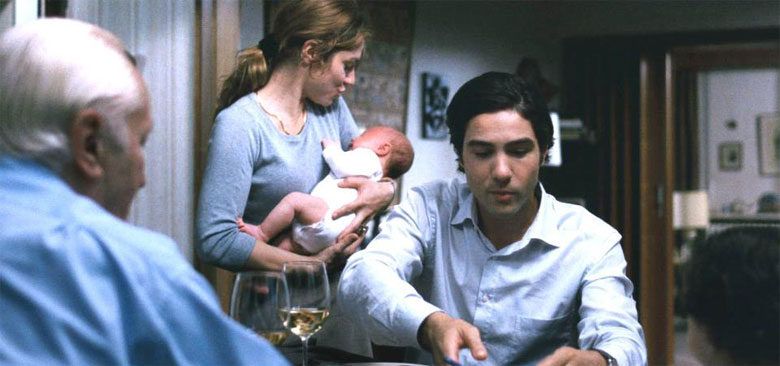
 Shortly thereafter, after a series of strange communicative moves between all parties, the young couple move in with the man, and, in yet another awkward bout of communication, reveal to him their plans for marriage. The older man voices pleasure though it is known to the audience he is rather dissatisfied; nonetheless, he offers to pay for the couple's honeymoon because they can't afford it. The couple naively invite him to join in on their honeymoon as thanks for his generosity, and he accepts, thus cementing a bizarre and inappropriate relationship triangle. Years pass and they all continue to live under one roof. One-by-one, four children enter their lives, adding pressure and taking up more of the already difficult-to-find space, as the three adults become more and more entangled and volatile in their treatment of one another.
In addition to the interpersonal element of the film, Our Children also seems to wish to offer cultural commentary on differences in culture-specific relationships to elders and to marriage. It moves back and forth from family-to-family and Morocco and Belgium in an attempt to drive home this point -- but this idea, while very central to the narrative of the film, only seems to have minimal impact. Though the film is never boring and the main characters do a fine job or portraying a relationship's shift from bliss into tragedy, there is ultimately something that leaves viewers wanting more. The extent to which the characters cannot communicate or help themselves is unrealistic, in way that is not even frustrating, but ultimately just devoid of emotionally-invested interest. Suspension of disbelief always feels just a bit out of reach.
Directed by Joachim Lafosse
This film was reviewed for
Shortly thereafter, after a series of strange communicative moves between all parties, the young couple move in with the man, and, in yet another awkward bout of communication, reveal to him their plans for marriage. The older man voices pleasure though it is known to the audience he is rather dissatisfied; nonetheless, he offers to pay for the couple's honeymoon because they can't afford it. The couple naively invite him to join in on their honeymoon as thanks for his generosity, and he accepts, thus cementing a bizarre and inappropriate relationship triangle. Years pass and they all continue to live under one roof. One-by-one, four children enter their lives, adding pressure and taking up more of the already difficult-to-find space, as the three adults become more and more entangled and volatile in their treatment of one another.
In addition to the interpersonal element of the film, Our Children also seems to wish to offer cultural commentary on differences in culture-specific relationships to elders and to marriage. It moves back and forth from family-to-family and Morocco and Belgium in an attempt to drive home this point -- but this idea, while very central to the narrative of the film, only seems to have minimal impact. Though the film is never boring and the main characters do a fine job or portraying a relationship's shift from bliss into tragedy, there is ultimately something that leaves viewers wanting more. The extent to which the characters cannot communicate or help themselves is unrealistic, in way that is not even frustrating, but ultimately just devoid of emotionally-invested interest. Suspension of disbelief always feels just a bit out of reach.
Directed by Joachim Lafosse
This film was reviewed for 
 Envision Festival
Envision Festival

 Beloved Festival - Photography by Zipporah Lomax
Beloved Festival - Photography by Zipporah Lomax

 Lightning In A Bottle - Photography by Watchara
Note: The last page of this feature has a comprehensive summary of the history, focuses, and offerings of each of these participating festivals.
Lightning In A Bottle - Photography by Watchara
Note: The last page of this feature has a comprehensive summary of the history, focuses, and offerings of each of these participating festivals.

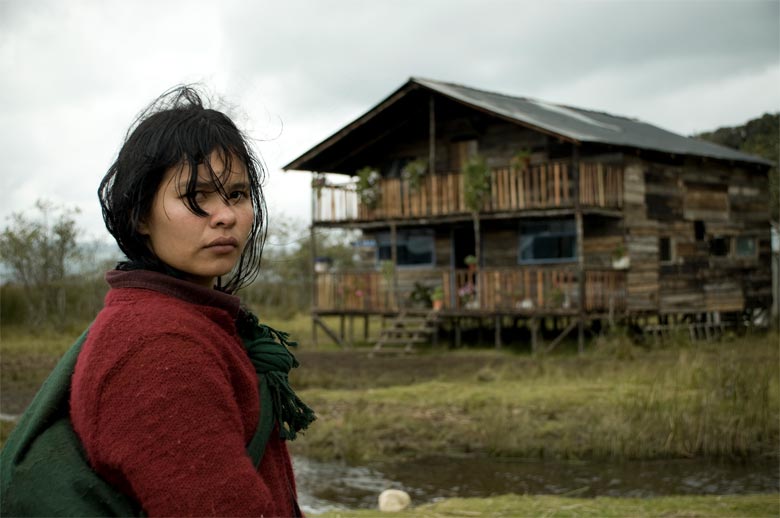
 Vega, Lordello and Teicher not only tend to their subjects with compassion and intimacy, they also experiment with the artform, making strong and inventive choices in sound design, cinematography and narrative format. These powerful representations of the coming-of-age experience are set amidst different cultural contexts, yet all focus intently on the heroine, allowing specific cultural norms to be digested seamlessly while providing a rich and intriguing backdrop for each protagonist. All three films explore, in different ways, a sense of muted grief and desperation that meditates on the potential emotional reverb of lost innocence.
Vega, Lordello and Teicher not only tend to their subjects with compassion and intimacy, they also experiment with the artform, making strong and inventive choices in sound design, cinematography and narrative format. These powerful representations of the coming-of-age experience are set amidst different cultural contexts, yet all focus intently on the heroine, allowing specific cultural norms to be digested seamlessly while providing a rich and intriguing backdrop for each protagonist. All three films explore, in different ways, a sense of muted grief and desperation that meditates on the potential emotional reverb of lost innocence.
